Layers of Earth Science Worksheet
Understanding the layers of the Earth can be a challenging topic for many students. That's why we have created a comprehensive Earth Science worksheet that focuses specifically on the different layers of our planet. This worksheet is designed to engage and educate middle school students about the entities and subjects within the Earth's structure.
Table of Images 👆
More Science Worksheets
6 Grade Science WorksheetsScience Heat Energy Worksheets with Answer
Science Worksheets Light and Sound
7th Grade Science Cells Worksheets
Worksheets Life Science Vocabulary
8th Grade Science Scientific Method Worksheet
Science Worksheets All Cells
What is the lithosphere?
The lithosphere is the rigid outer layer of the Earth, consisting of the crust and the uppermost part of the mantle. It is divided into tectonic plates that float on the semi-fluid asthenosphere below. This layer is where most geological activities, such as earthquakes and volcanic eruptions, occur due to the movement and interactions of the tectonic plates.
What is the asthenosphere?
The asthenosphere is a semi-fluid layer of the Earth's mantle located below the lithosphere. It consists of partially molten rock that allows for the movement of tectonic plates. The asthenosphere plays a crucial role in plate tectonics and is responsible for the movement of continents and the formation of geological features such as mountains, earthquakes, and volcanic activity.
What are the three main layers of the Earth?
The three main layers of the Earth are the crust, mantle, and core. The crust is the outermost layer that consists of solid rock. The mantle lies beneath the crust and is composed of hot, viscous rock. The core is the innermost layer and consists of a liquid outer core and a solid inner core, primarily made of iron and nickel.
What is the outermost layer of the Earth called?
The outermost layer of the Earth is called the crust.
What is the Earth's core made of?
The Earth's core is primarily composed of iron and nickel. The outer core is a liquid layer, while the inner core is solid due to high pressure. This composition plays a crucial role in generating the planet's magnetic field and influencing its geological processes.
What is the difference between the outer core and the inner core?
The main difference between the outer core and the inner core of the Earth is their composition and state of matter. The outer core is composed of liquid iron and nickel, while the inner core is primarily made up of solid iron and nickel. Additionally, the outer core is responsible for generating Earth's magnetic field through convection currents, while the solid inner core is believed to be responsible for the planet's overall magnetic field stability.
What is the mantle made of?
The mantle is composed of solid rock that includes silicate minerals rich in iron and magnesium, with smaller amounts of aluminum, calcium, and other elements. It is mostly made up of a dense rock called peridotite, which is formed from the crystallization of magma deep within the Earth's mantle.
What is the Moho?
The Moho, short for Mohorovi?i? discontinuity, is the boundary between the Earth's crust and the mantle. It is named after Croatian seismologist Andrija Mohorovi?i?, who first identified this seismic boundary in 1909. The Moho marks the point where seismic waves change velocity due to the difference in composition between the less dense crust and the denser mantle layers of the Earth.
What is the composition of the Earth's crust?
The Earth's crust is primarily made up of oxygen, silicon, aluminum, and iron, along with other elements such as calcium, sodium, potassium, and magnesium. These elements combine to form minerals like quartz, feldspar, and mica, which are common in the Earth's crust.
What are tectonic plates?
Tectonic plates are large pieces of the Earth's lithosphere that constantly move and interact with each other, shaping the Earth's surface through processes like seafloor spreading, subduction, and continental drift. These plates float on the semi-fluid asthenosphere layer beneath them, causing geological phenomena such as earthquakes, volcanic eruptions, and the formation of mountain ranges.
Have something to share?
Who is Worksheeto?
At Worksheeto, we are committed to delivering an extensive and varied portfolio of superior quality worksheets, designed to address the educational demands of students, educators, and parents.

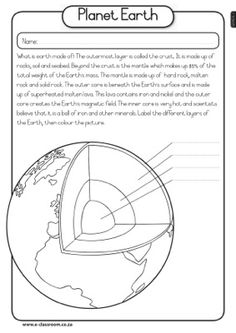



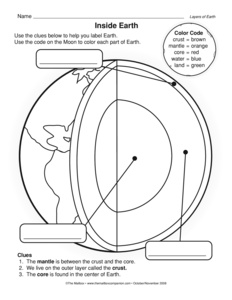
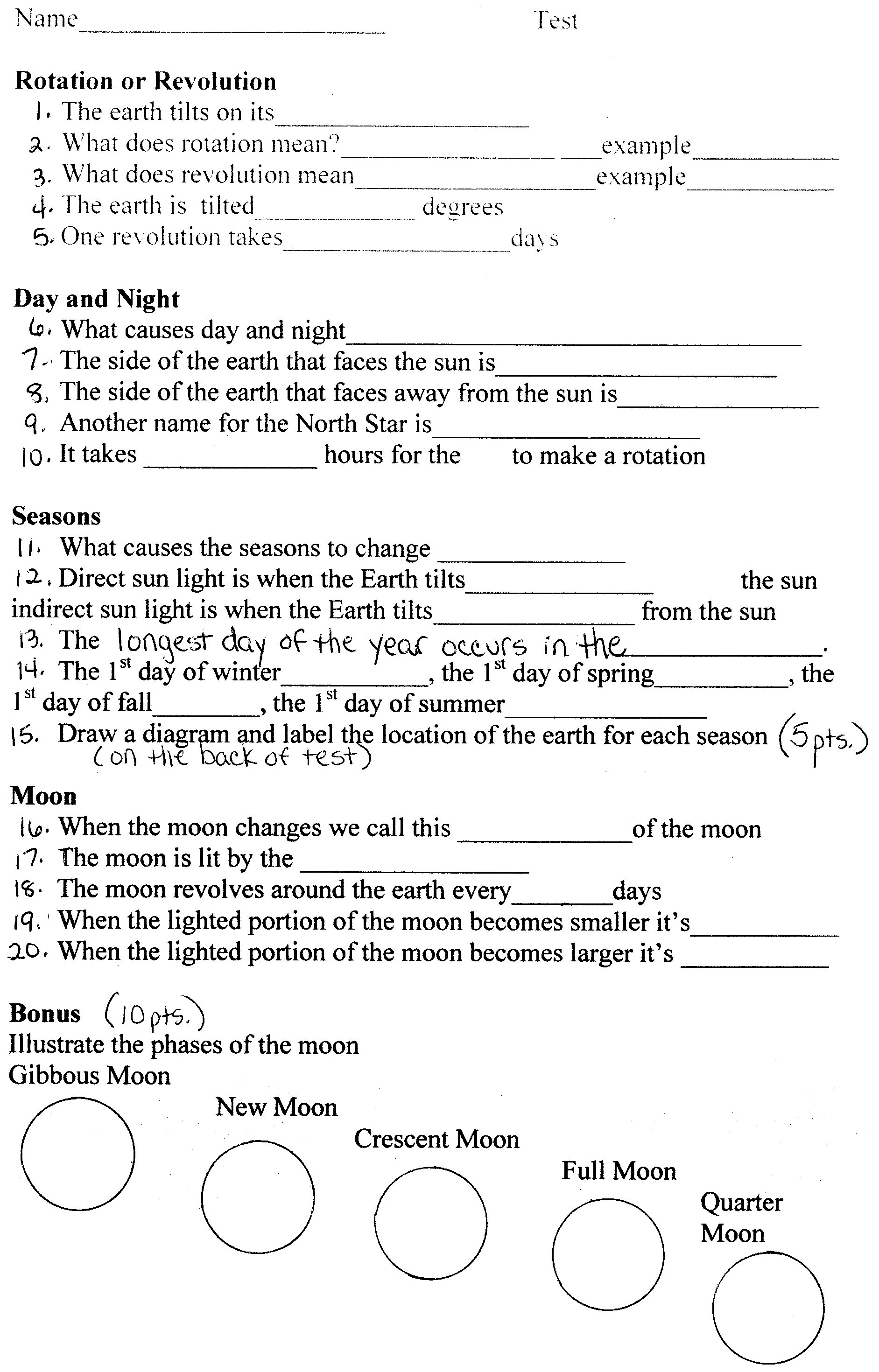
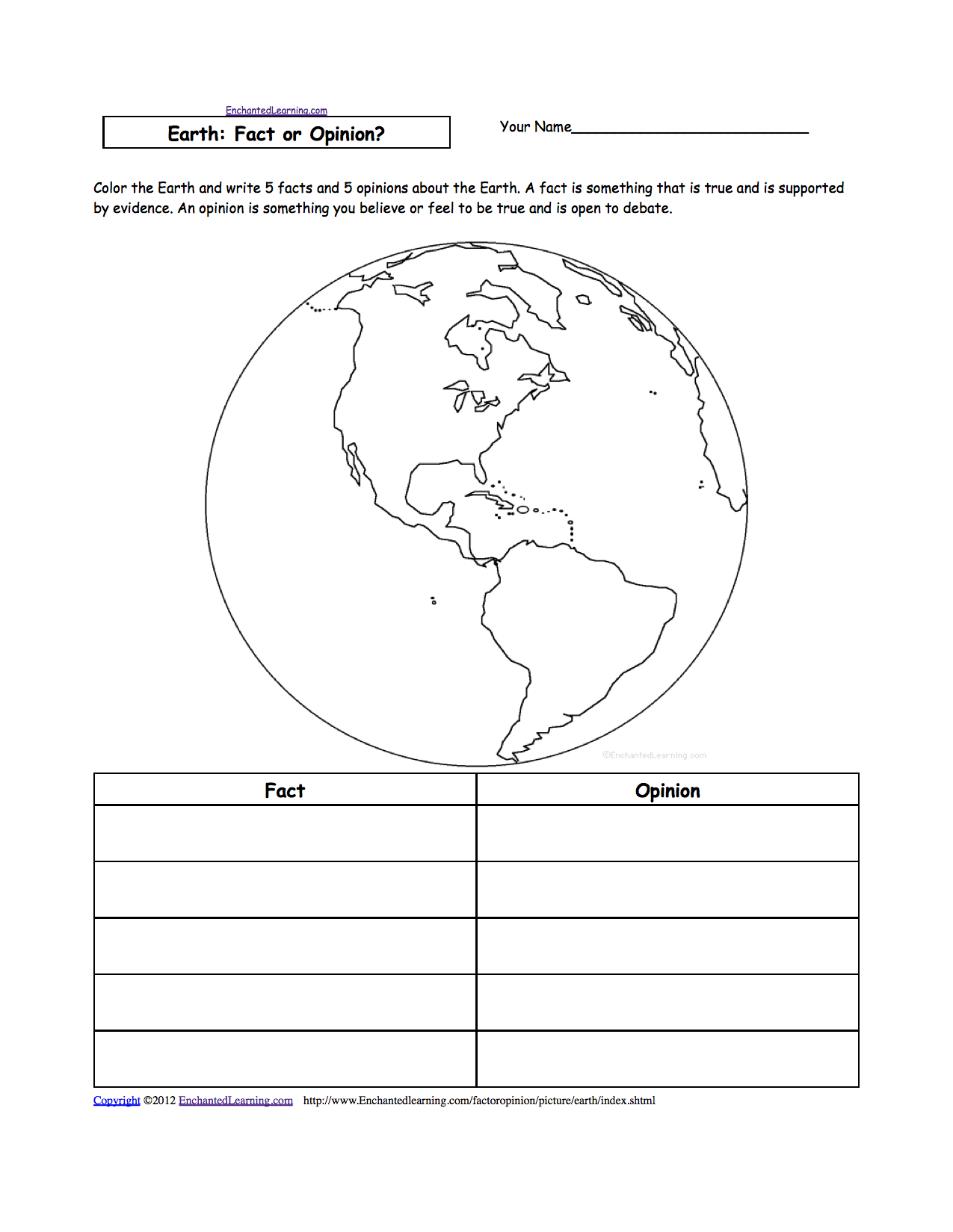
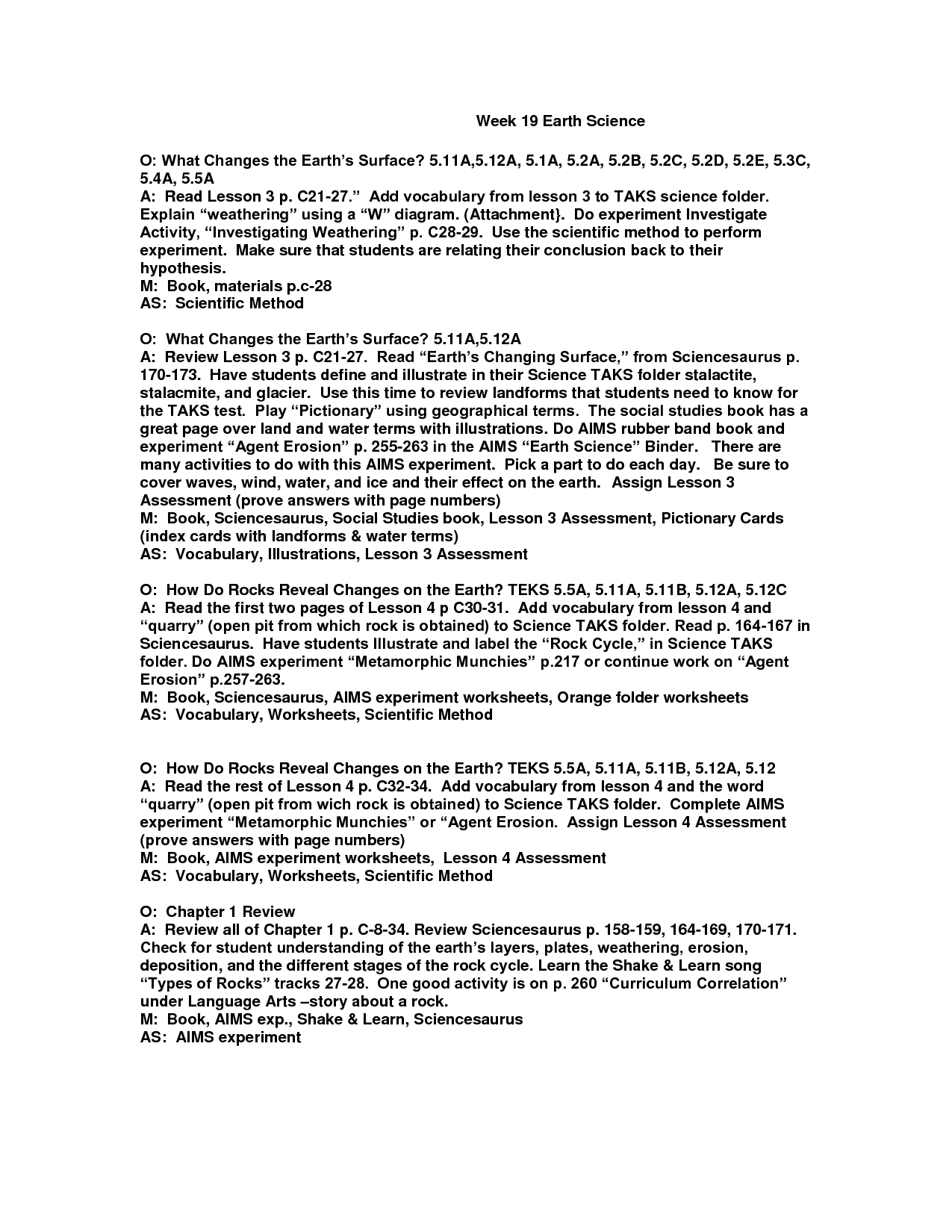
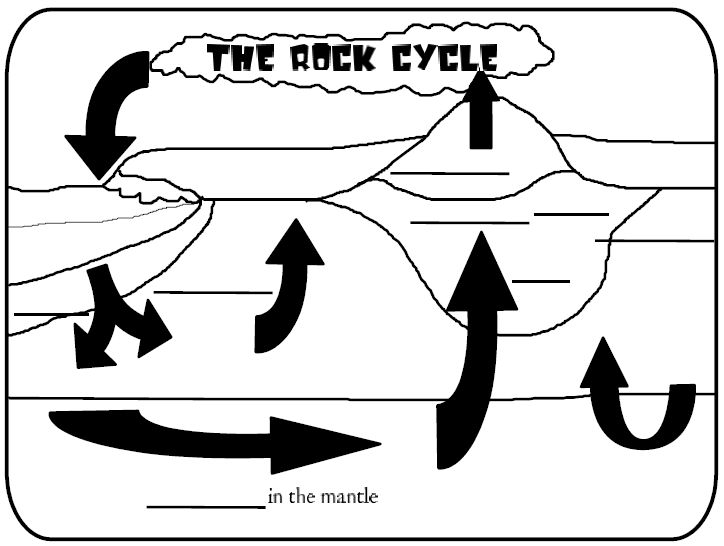
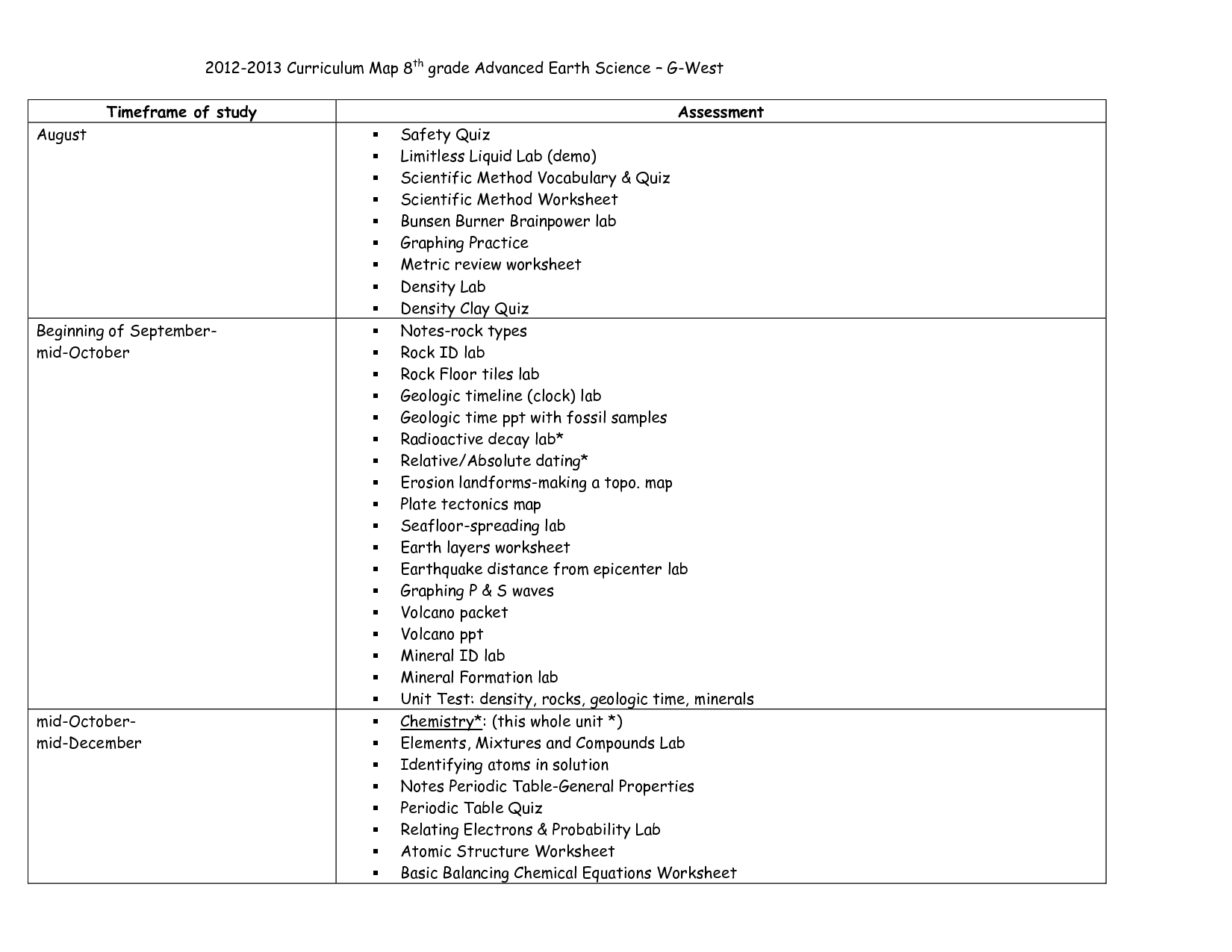
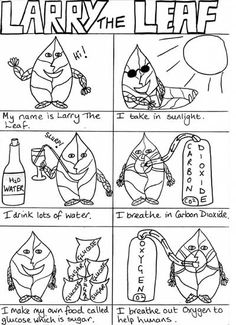
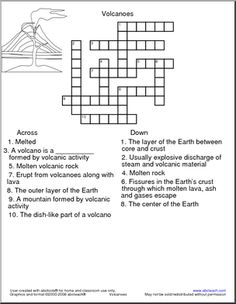
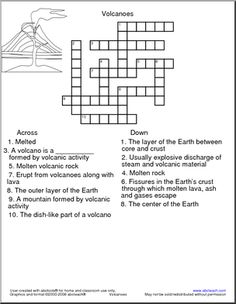
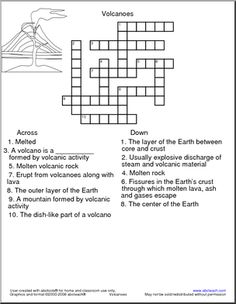
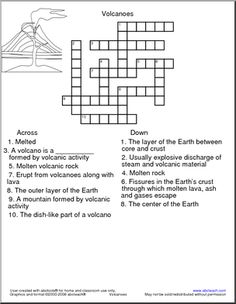
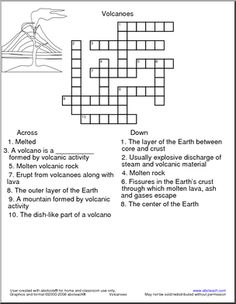
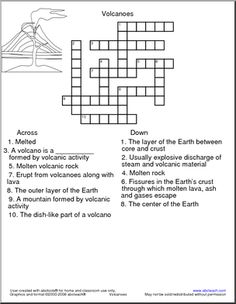














Comments